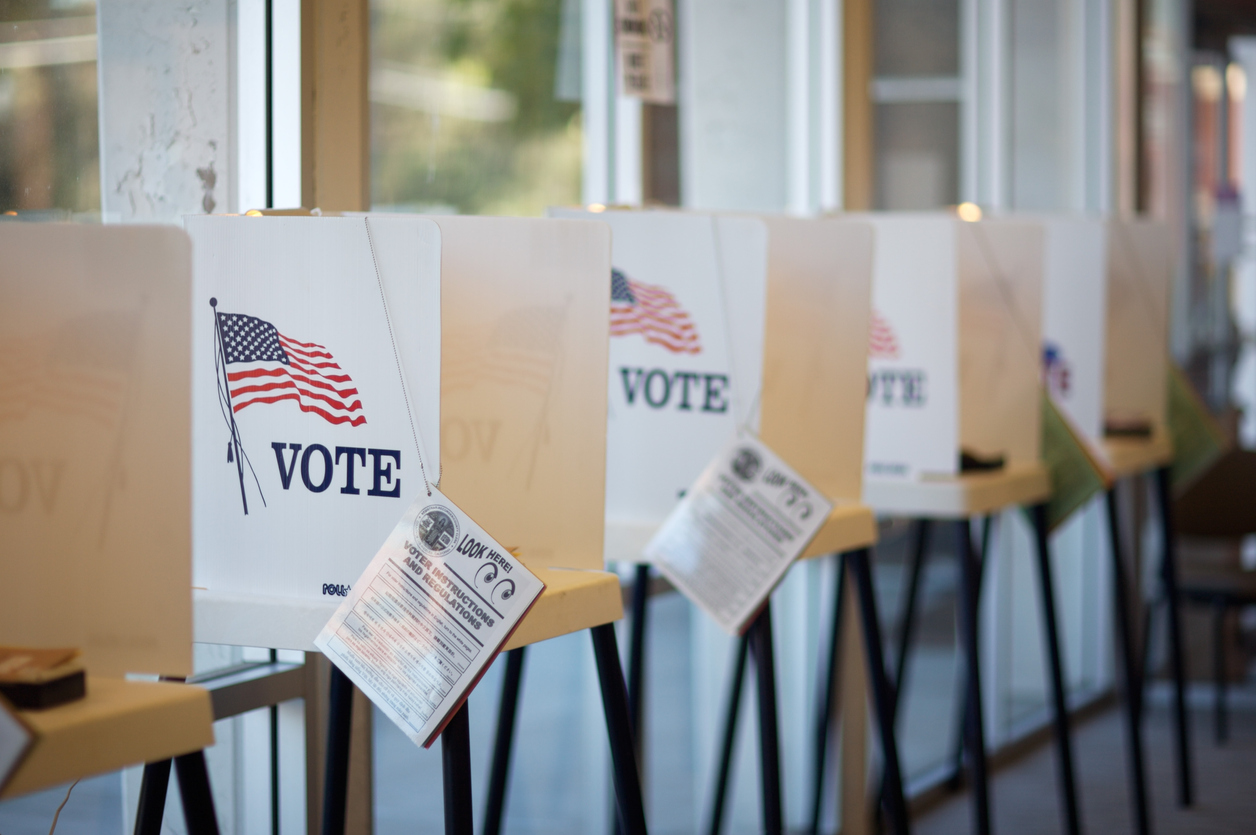
Authors: Peter Neffenger and Paul DeGregorio
Citizens demand to know that the votes they cast are the votes that are counted. But our election systems are under unprecedented threats and our collective faith in the system has been faltering.
Indeed, recent elections across the United States have been fraught with reports of polling place irregularities, confusion about the technologies being used, voting equipment breakdowns and process snafus. In some locations this caused long lines at the polls, ballot shortages and short tempers. There were also reports that many polling sites and voting equipment were not accessible to citizens with disabilities, as reported in a Rutgers University study. This, along with growing concerns from political parties and other stakeholders, has led to serious concerns about election security, election administration and vote tabulation. Of perhaps greatest concern are the well-documented and ongoing efforts by Russian entities and other bad actors to influence the election outcomes.
This has severely hampered the ability of the more than 10,000 election management bodies (EMB) in the U.S. to ensure election integrity. The vast majority of these EMB have neither the resources nor the technological capacity to address these challenges.
The fear and mistrust this has engendered has given rise to calls to reject modern voting technology in favor of hand-marked paper ballots. This is misguided and dangerous. The election technology to ensure secure, private, accessible, verifiable and auditable voting is available today and is in use around the world.
The fact is, state-of-the-art electronic voting machines, ballot-marking devices (BMD) and voting systems that generate paper-ballot backups and along with digital verification contain hardware and software protection that make them extremely difficult to hack. This security supported by procedural safeguards used during each stage of deployment. These multi-layered systems are far more secure than paper-only voting.
The real problem is that some U.S. voting jurisdictions are using out-of-date machines and software for voter registration and reporting and verifying information accuracy. In addition, some are using unsecured internet connections to transact data. According to the Brennan Center, 41 states used voting machines that were at least 10 years old in 2018 – an eternity in the digital realm.
The Election Assistance Commission (EAC), the only agency in the federal government charged with testing and certifying voting machines, is also chronically under-resourced.
To have a legitimate discussion about election security, you have to start with up-to-date technology, administration and standards as a baseline. It’s a non-starter to argue the value of a system that every computer expert agrees is outmoded.
Federal and state agencies need ample and sustained investment to replace obsolete voting systems and infrastructure and to deploy world-class, resilient, secure elections systems. Elections technology and administration must keep pace with evolving threats from adversaries who would compromise our elections.
The Department of Homeland Security must be given the necessary resources to conduct R&D to establish election security standards that will enable election authorities to make informed decisions about their systems and processes.
Security experts have warned of the ongoing and growing threats to our democracy. In response, the country must aggressively embrace and fund the development of better and more secure election systems. Citizens must demand existing state-of-art technology to ensure secure and trusted election outcomes. And we must come together as a nation to protect this most cherished and fundamental element of democracy: free, fair, trusted and secure elections.
Article published on Homeland Security Today.us – July 10, 2019